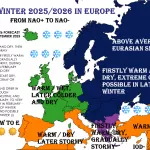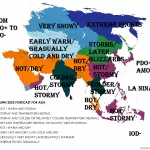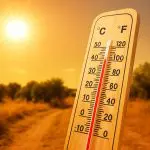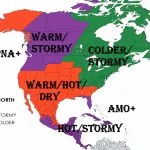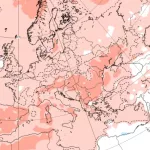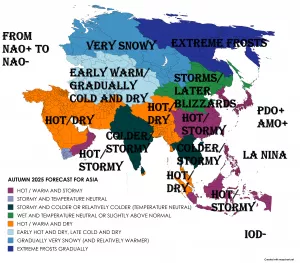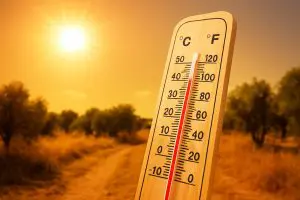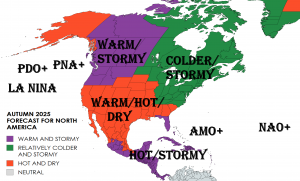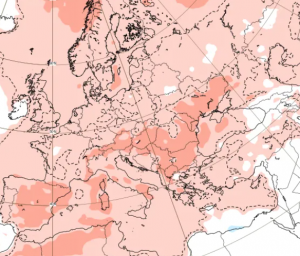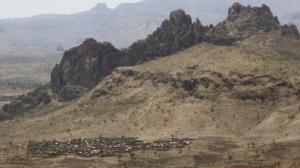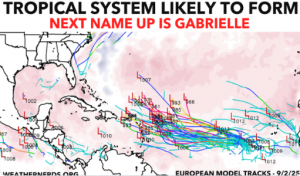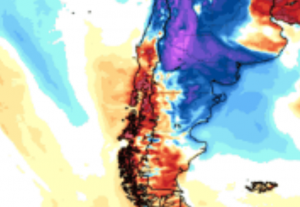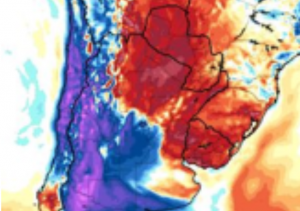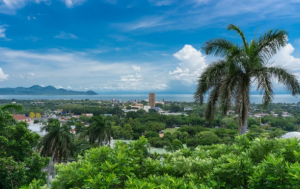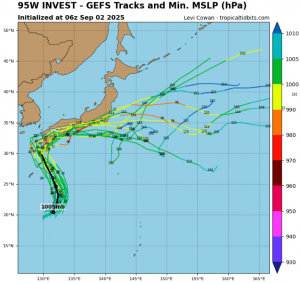
August 2025 has proven to be an extraordinarily hot month for Arizona, shattering multiple temperature records across the state. On a scorching day in early August, Phoenix recorded a blistering 118°F (47.8°C) — marking the hottest August day in its recorded history. This extreme temperature highlights the intensifying heatwave conditions sweeping across the southwestern United States.
Other Arizona cities also experienced historic highs during this heatwave. Glendale sweltered at 117°F (47.2°C), while San Manuel reached 111°F (43.9°C). Meanwhile, Tucson Airport (Tucson AP) tied its August record with a searing 112°F (44.4°C). These numbers reflect a widespread pattern of extreme heat, emphasizing the severity and scale of the event across the region.
The intense heat is driven by a persistent high-pressure dome dominating the southwestern U.S., trapping hot air near the surface and suppressing cooling mechanisms. The combination of intense solar radiation, dry conditions, and stagnant air masses has created ideal conditions for these extreme temperature surges.
The consequences of such extreme heat are multifaceted. For residents, the health risks include increased incidence of heat exhaustion, heatstroke, and dehydration, particularly among vulnerable populations such as the elderly, children, and outdoor workers. Local health services often report surges in heat-related illnesses during such events.
Infrastructure also faces tremendous strain. The high demand for air conditioning puts pressure on power grids, increasing the risk of outages. Roadways, rail lines, and other infrastructure can suffer damage due to the thermal expansion caused by intense heat.
Agriculture is not spared either; crops can wilt or fail under such extreme temperatures, threatening food supply chains. The natural environment, including wildlife, is stressed as well, with some species struggling to survive in rapidly changing temperature regimes.
This record-breaking August heatwave in Arizona is emblematic of a broader trend of rising temperatures and more frequent extreme heat events across the American Southwest. Climate scientists attribute this intensification to global warming, which increases the likelihood and severity of heatwaves.
Communities and governments must prioritize adaptation strategies including improved heat warning systems, expanding access to cooling centers, and enhancing urban planning to reduce the urban heat island effect. Public awareness campaigns emphasizing hydration, avoidance of strenuous activity during peak heat, and recognition of heat illness symptoms are essential to protect lives.
In summary, the 118°F day in Phoenix, along with record-tying and near-record highs in Tucson, Glendale, and San Manuel, underscore the urgent challenge that extreme heat poses to Arizona. As climate change continues to push temperatures higher, resilience and preparedness become ever more critical.

Illustration picture: https://sunrise.maplogs.com/e_north_ln_phoenix_az_usa.377791.html

